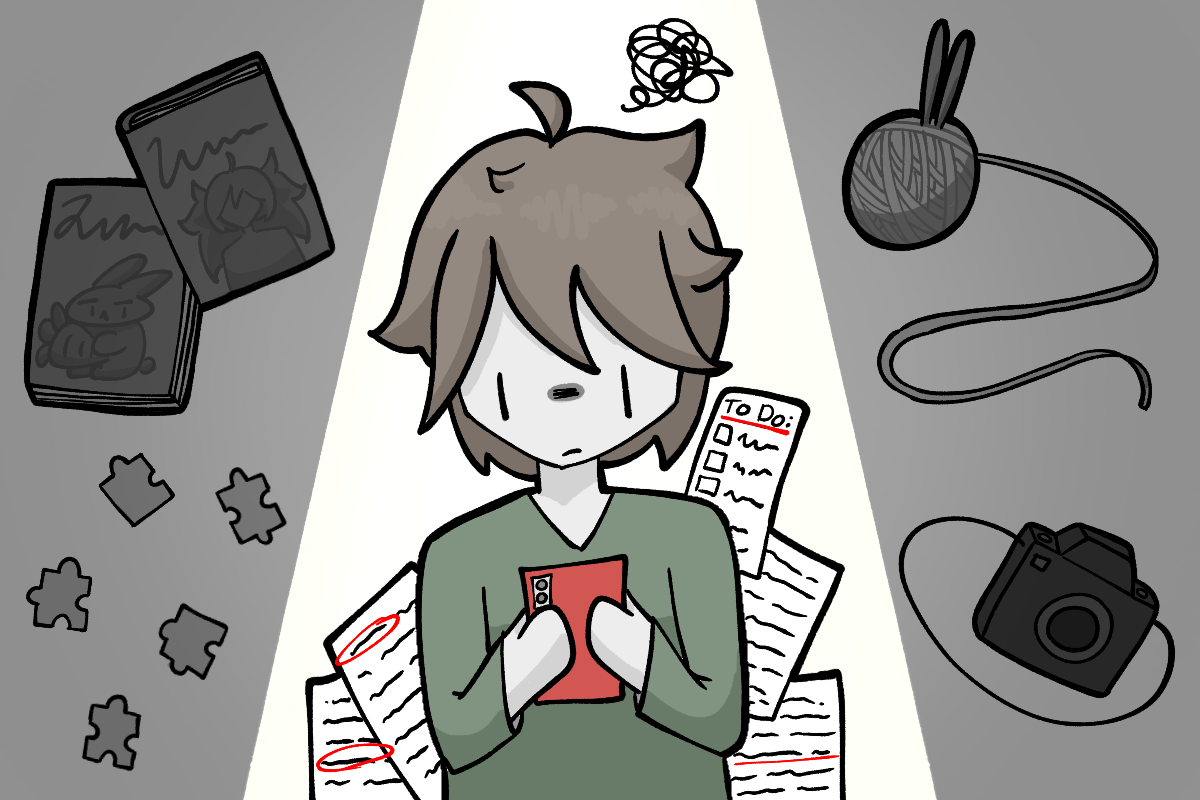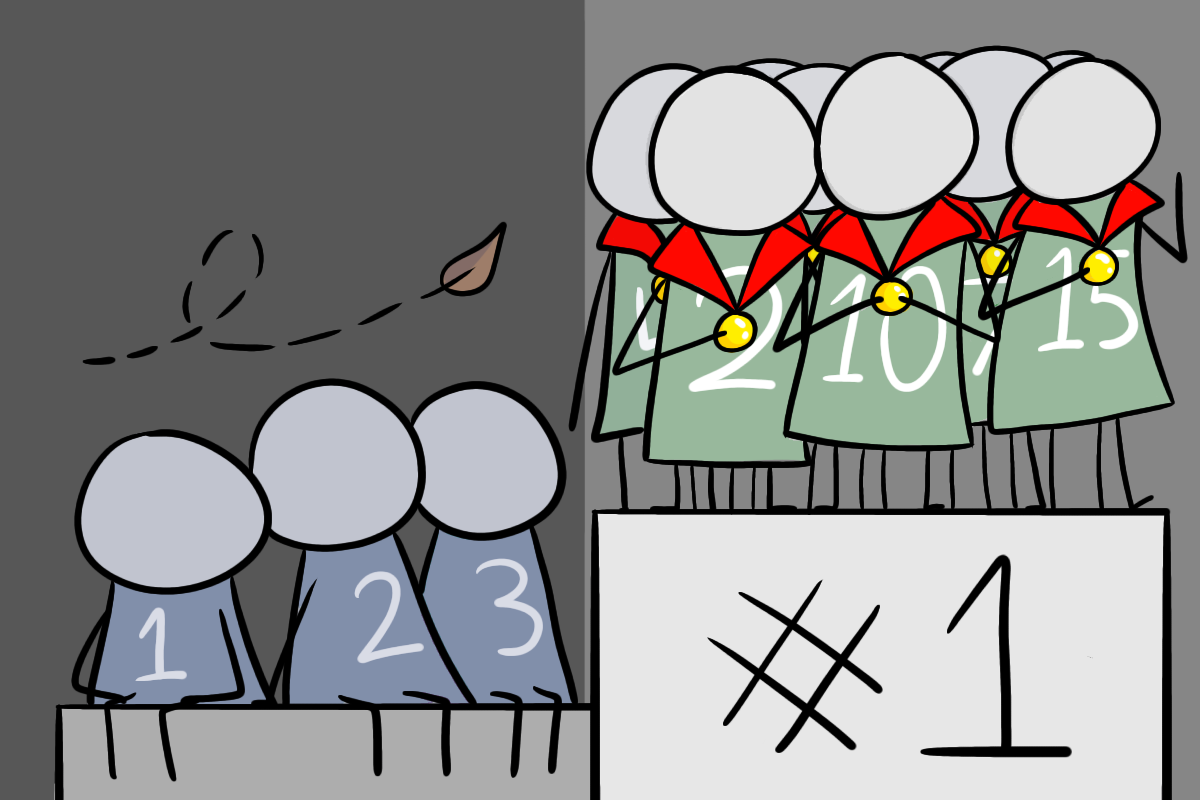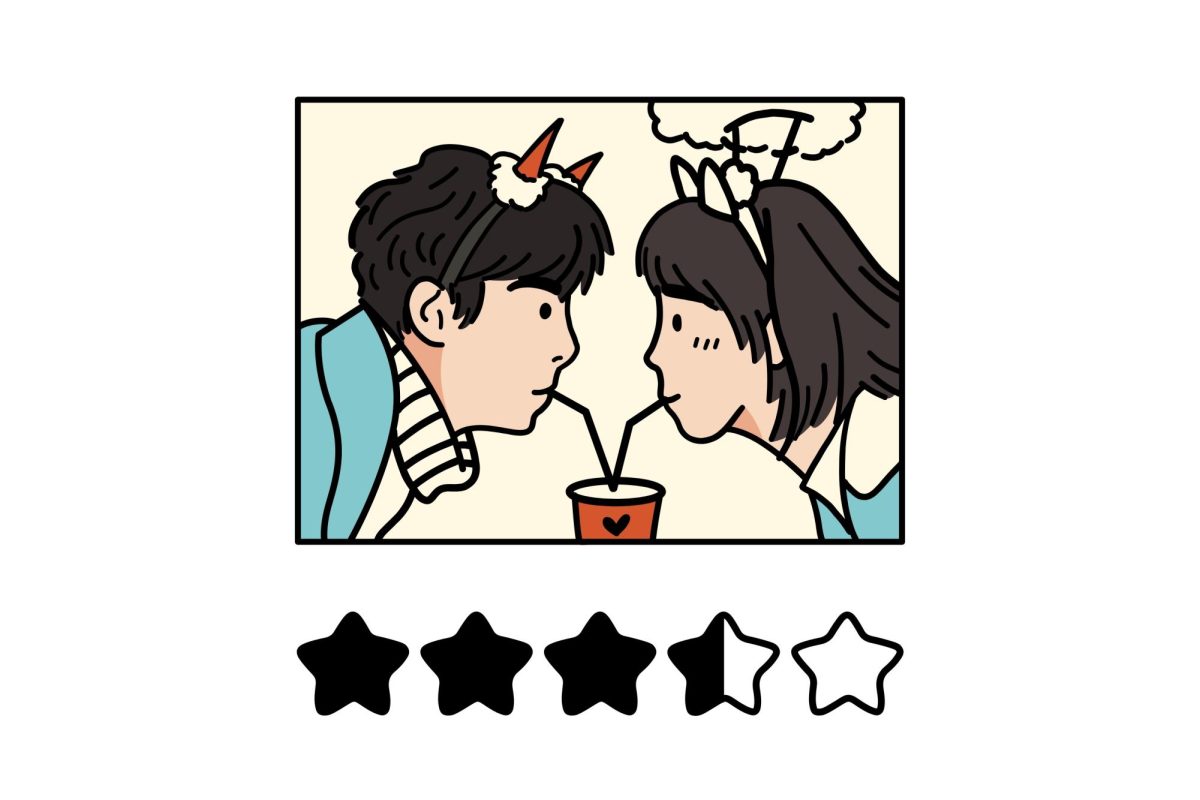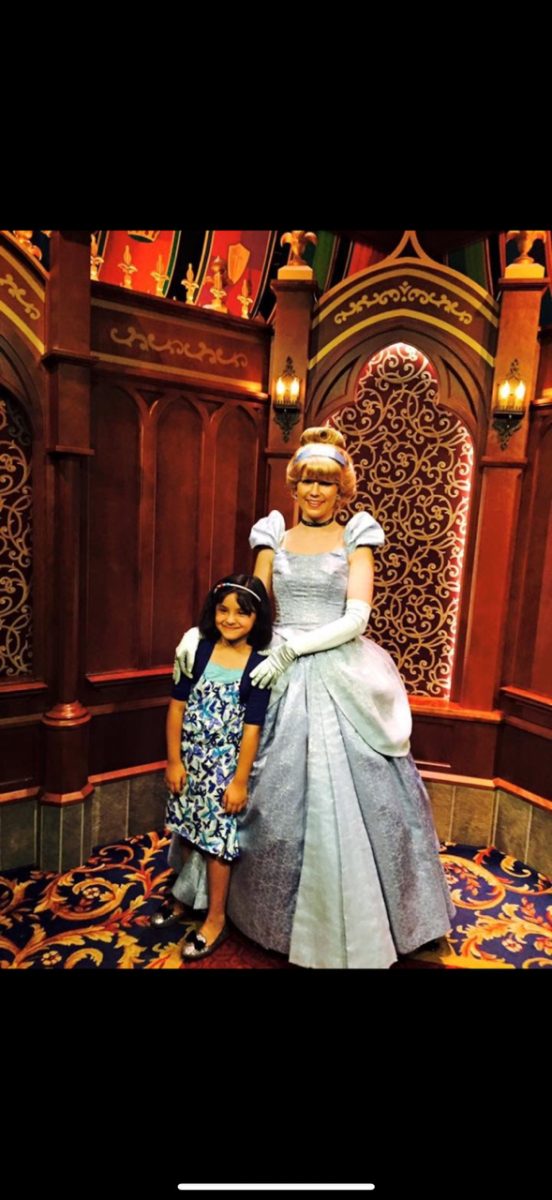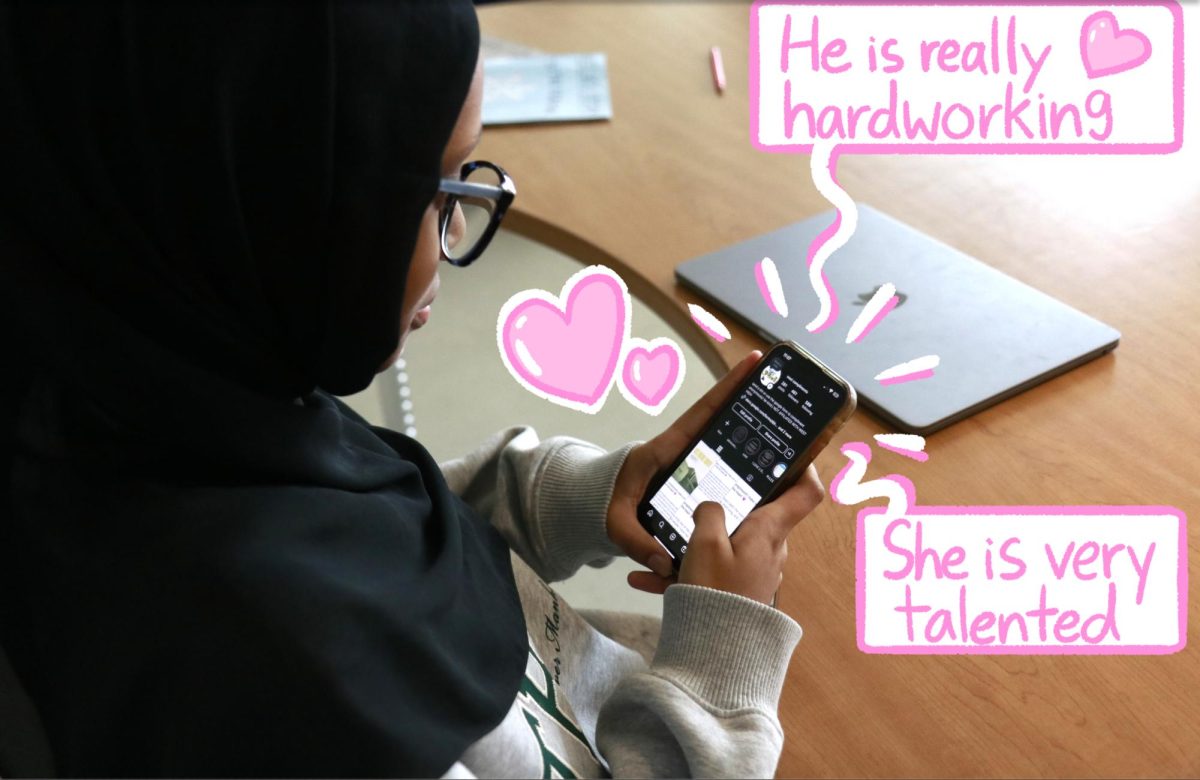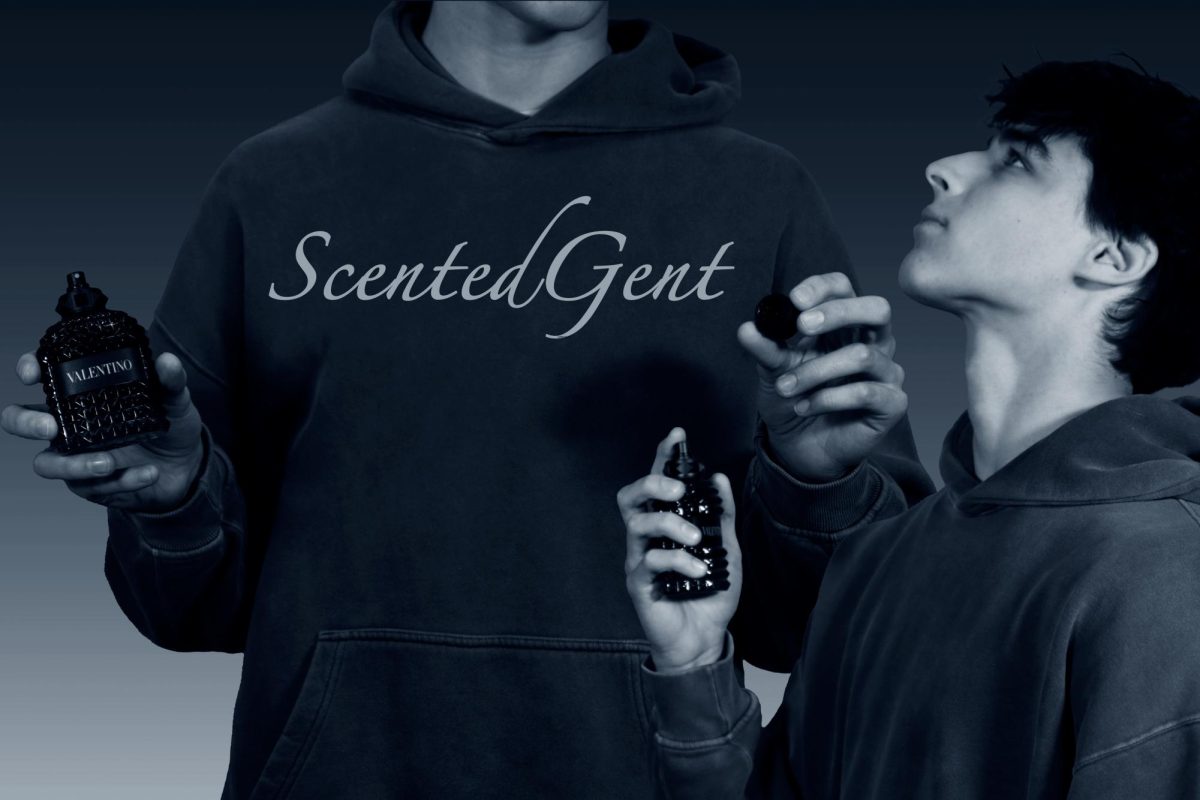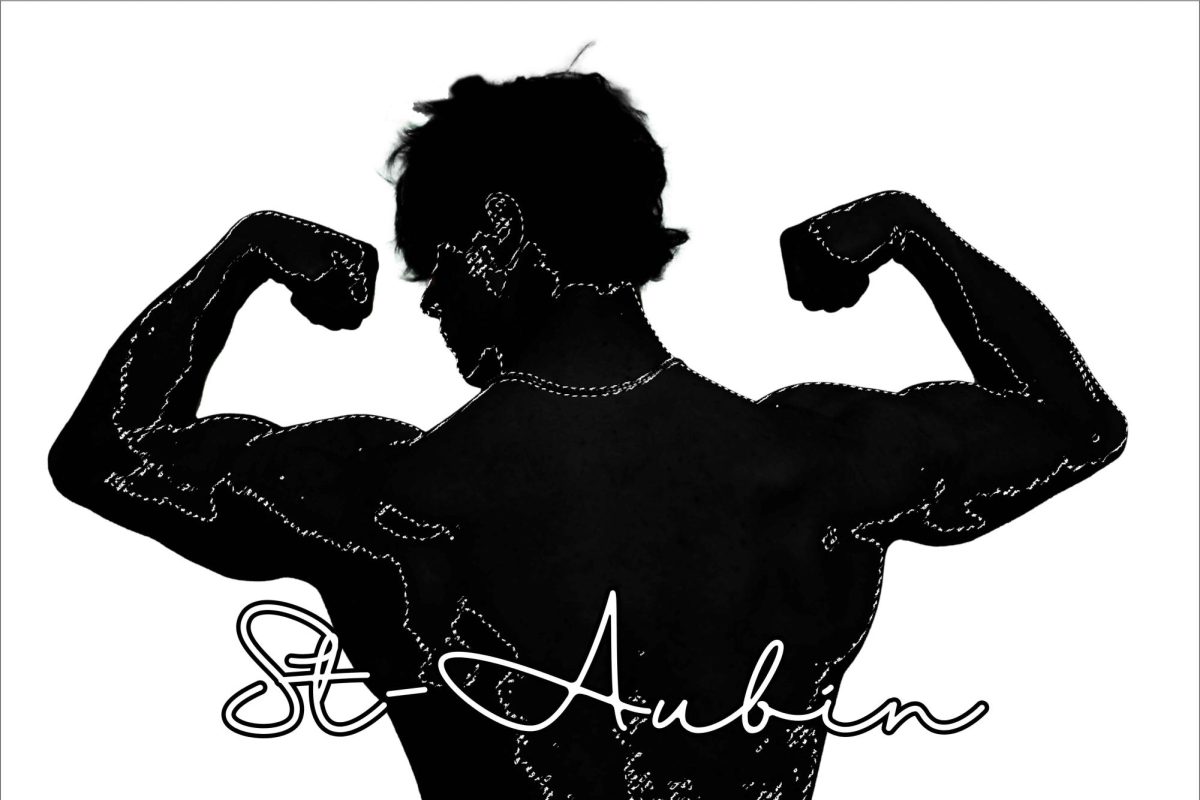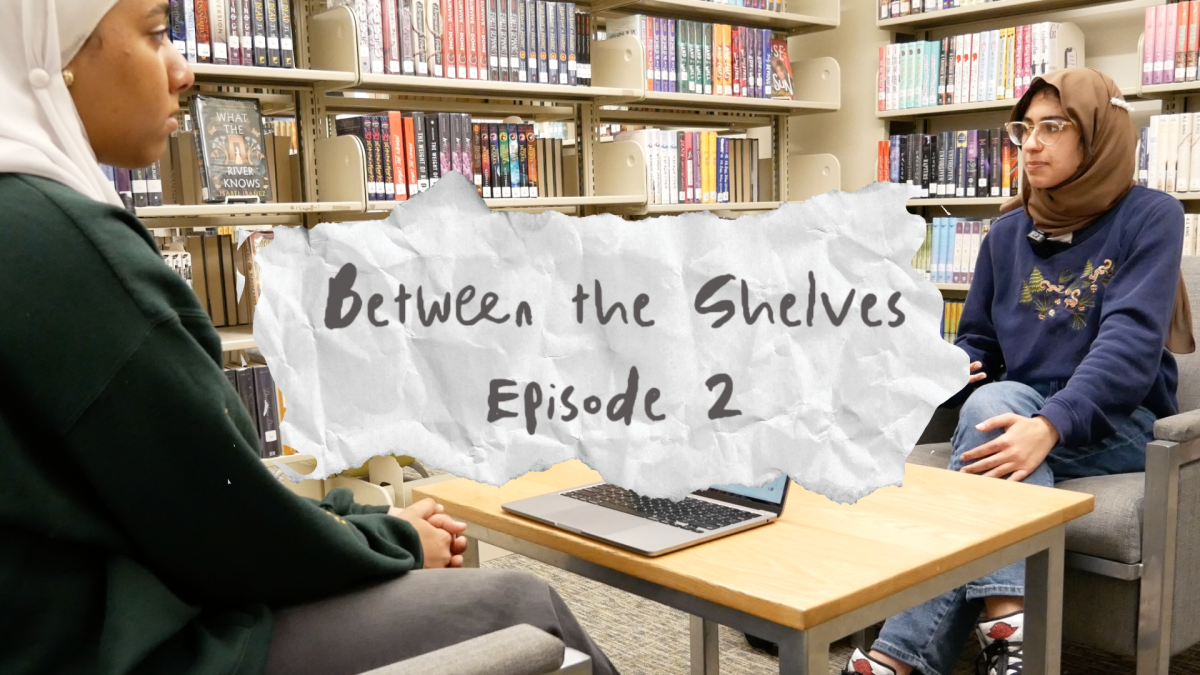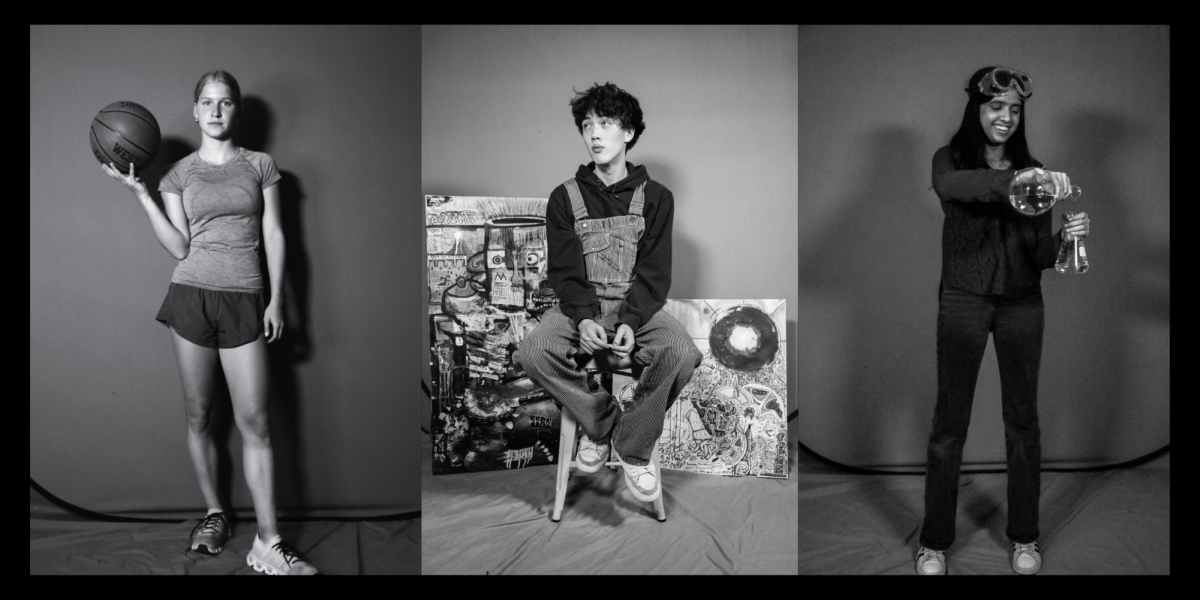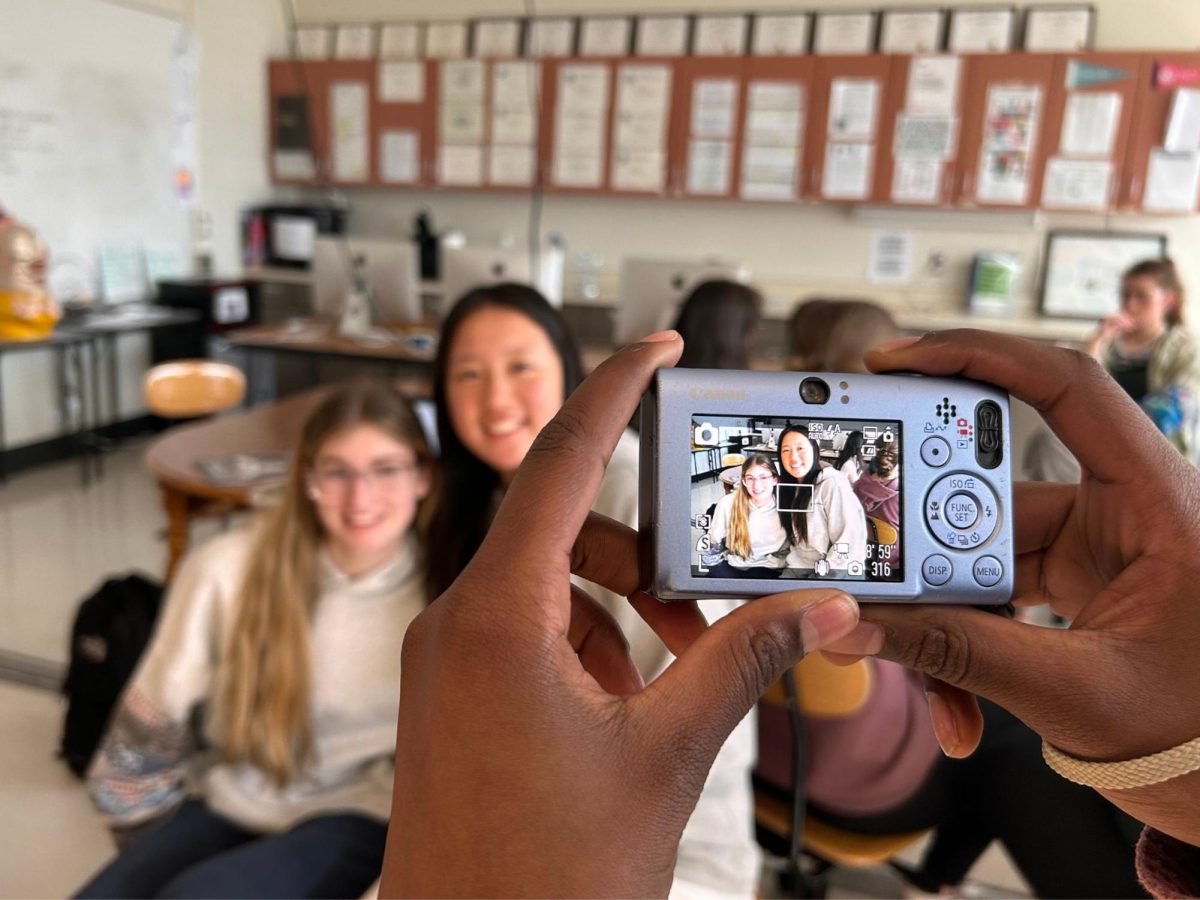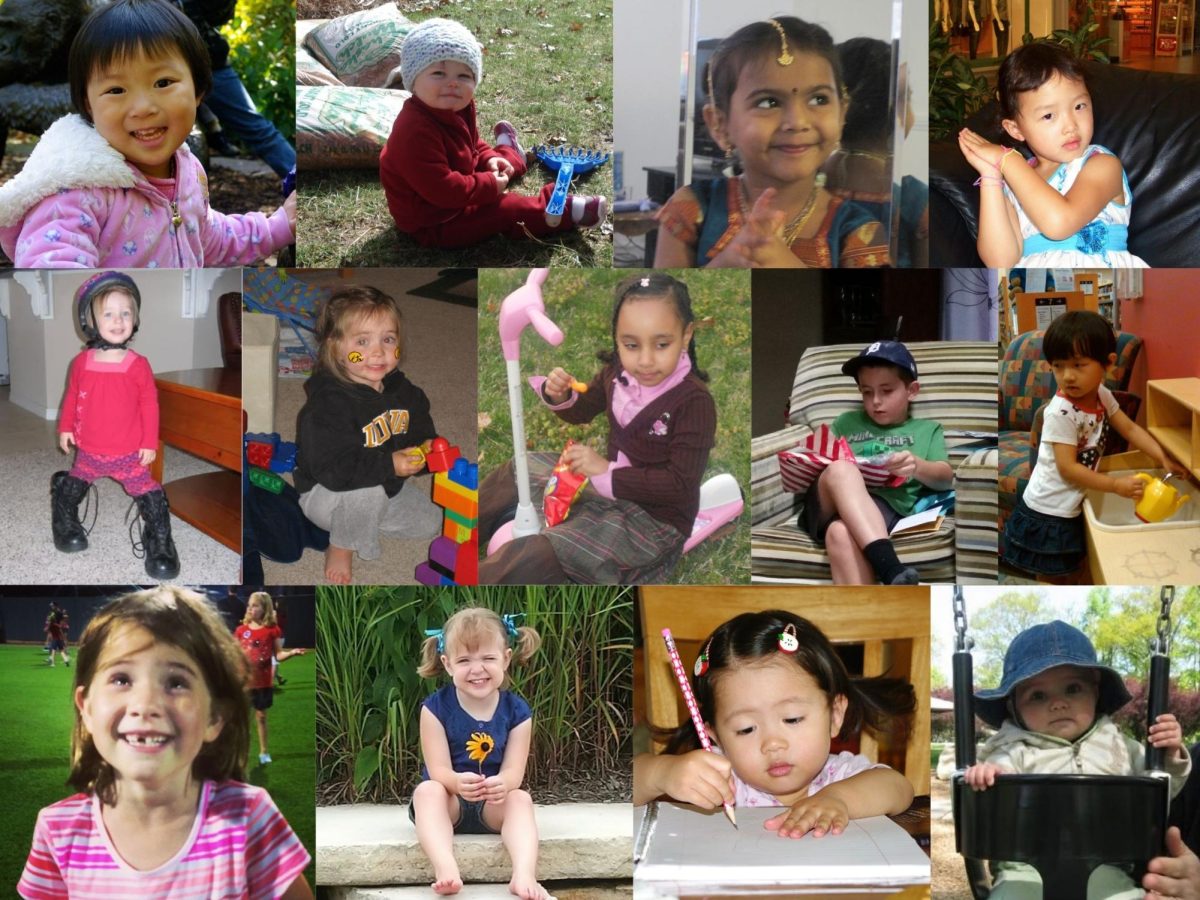“What do you like to do outside of school?”
It’s a question I dread every time without fail.
If you asked me four years ago, I would have told you that I like to read and make jewelry. Now, I don’t have an answer.
When I’m not at school, I’m either at work or cooped up in my room doing homework and studying. In the little free time I do have, I find myself too exhausted to do anything except rot in my bed.
It’s a pretty universal belief that school takes up too much of our time. As a senior, school has left me with barely enough time to do the bare minimum in taking care of myself. As I’ve progressed through high school, my weekends have become shorter and shorter. The two days I have to do anything but school, I spend studying for tests or catching up on homework. Not to mention, college applications. With so much to do, hobbies feel like a waste of time.
Although we’re now five years away from the start of COVID-19, I wonder if that was the best chance I had to develop consistent hobbies. Of course, there’s always fall, winter, spring and summer break, but the COVID-19 era put a pause on school for several months. The bulk of that time I spent watching shows and movies or occasionally following a Chloe Ting workout. To this day, I regret not using that time to pursue actual hobbies. Speaking of which, what constitutes a hobby?
The Oxford Learner’s Dictionaries defines “hobby” as “an activity that you do for pleasure when you are not working.” Hobbies can be divided into two categories: consumption and creation. We’ve normalized consumption hobbies like reading, so why doesn’t watching movies also fall in that category? As time goes on, there seems to be an uptick in consumption and a decline in creation.
The main cause of this is social media. More specifically, TikTok. As of 2024, the average U.S. adult is reported to spend 58.4 minutes a day on the platform. This is a 31-minute increase since 2019. TikTok’s endless for-you-page is what makes it so addictive. The amount of mind-numbing content one is exposed to as they scroll fries dopamine receptors that would otherwise be used to pursue a hobby. When the U.S. government shut down TikTok on Jan. 18, users joked about being forced to find an actual hobby. However, the mass panic that ensued because of this was no laughing matter.
The representation of hobbies on social media platforms can be discouraging. With people only showcasing their best work, it becomes a matter of comparison, rather than an opportunity for inspiration. This makes finding the motivation to create nearly impossible. Additionally, social media promotes the monetization of hobbies. In today’s economy with inflation, side hustles have become the new norm. In a survey conducted by Intuit in 2024, 66% of individuals ages 18-35 have started or plan to start a side hustle. Furthermore, 80% of Gen Z business owners in 2023 started their business online or had a digital component.
Social media breeds microtrends and with that comes the romanticization of unsustainable hobbies. For example, when bullet journaling was popular a few years back, everyone rushed to buy the prettiest notebooks and brush pens in every color under the sun. A few months later at most, these materials were put in storage. The appeal isn’t the actual hobby, but rather the idea of it. As one hobby is swapped for another, the cycle repeats.
Lacking a consistent hobby can contribute to mental health issues like depression. It can cause irritability and encourage bad habits. Engaging in a hobby has been proven to better mental health by providing a sense of purpose and accomplishment. Amidst the stress of school and just life in general, we need hobbies now more than ever. Dedicating a little bit of time every day to do something for pleasure goes a long way.


